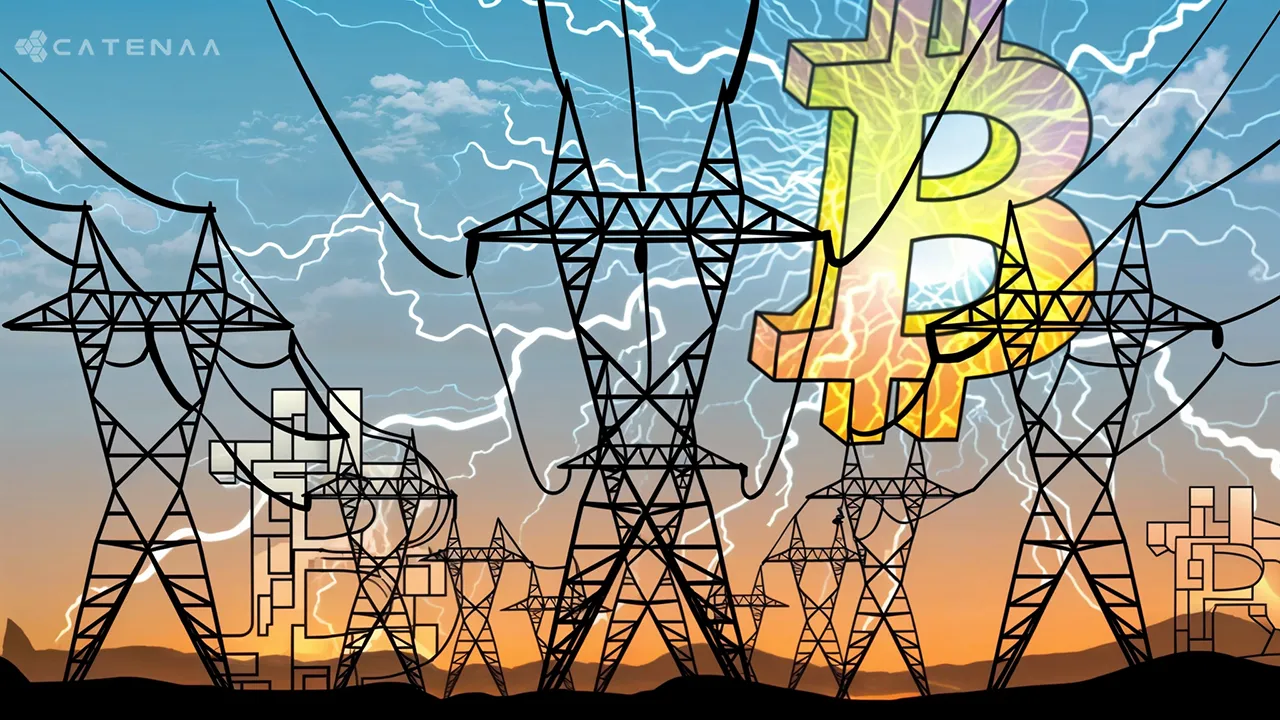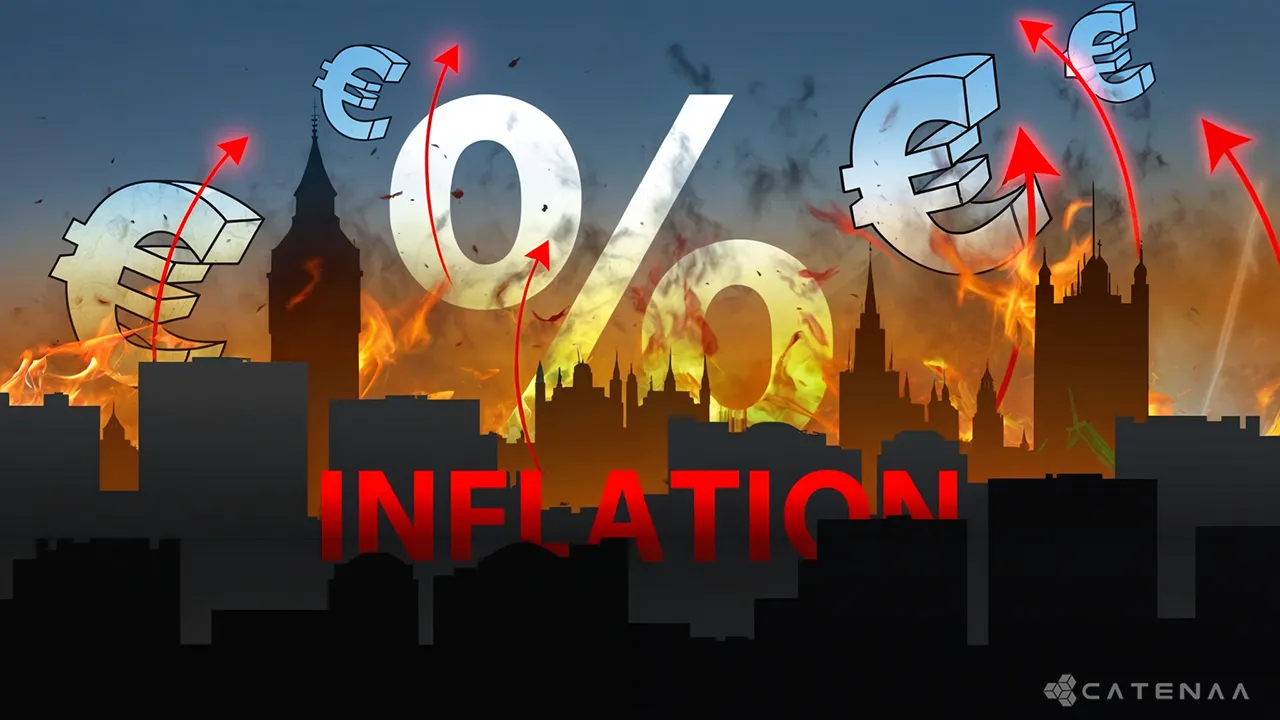Catenaa, Tuesday, February 18 – Russia’s Bitcoin mining regions are seeing unprecedented increases in Electricity consumption, according to a recent study by ACRA Ratings. The study revealed a sharp rise in the demand for electricity tied to the country’s growing crypto sector.
The Republic of Ingushetia in the North Caucasus region led the charge, with energy consumption growing by 40.8% year-on-year.
Crimea followed, reporting a 14% increase, and other areas like Kabardino-Balkaria (11.5%) and Chechnya (10.5%) also made the top ranks. Southern Siberia, long a hub for Bitcoin mining, showed significant growth, with the Altai Republic at 10.3% and Buryatia and Irkutsk Oblast also making the list.
The rising energy demand has sparked concerns in areas like Crimea and Rostov, where crypto mining interest is increasing. A report last year indicated that 14.5% of new crypto-mining hardware orders came from Crimea alone.
While crypto mining is a major factor in this surge, ACRA Ratings also pointed to other contributors such as nuclear testing at the Eastern Test Site, military-related power usage, and increased exports to China. Additionally, household power consumption in the southern regions has grown.
Despite the economic boost from mining, some regions are now pushing for a ban on the activity due to the strain it places on local grids.
Authorities may face increasing pressure to address the rising consumption, with projections indicating a 3% rise in national energy usage in 2025.


